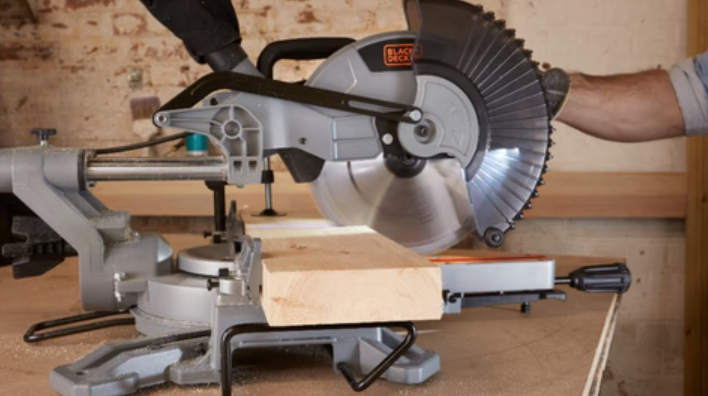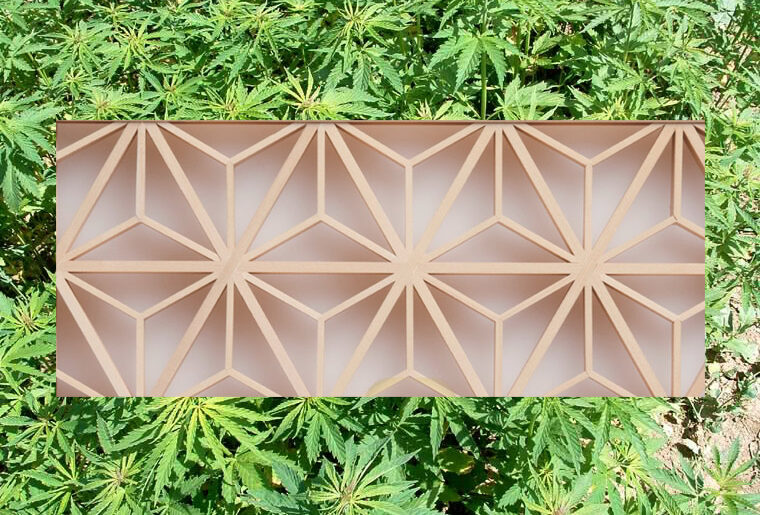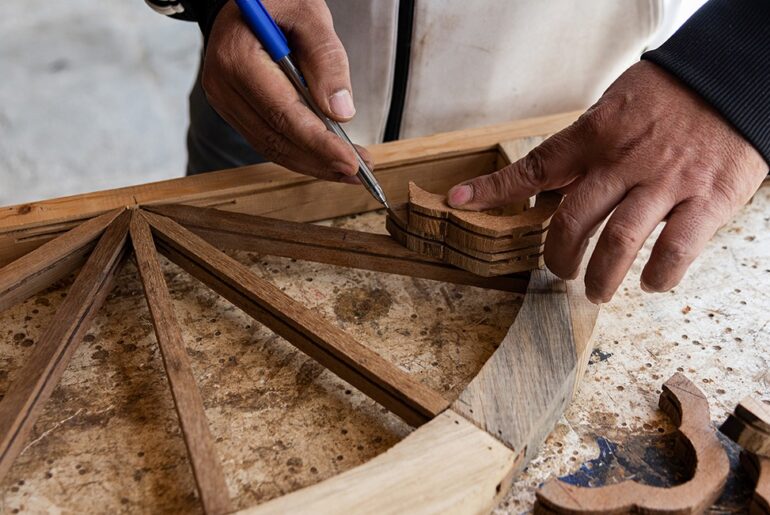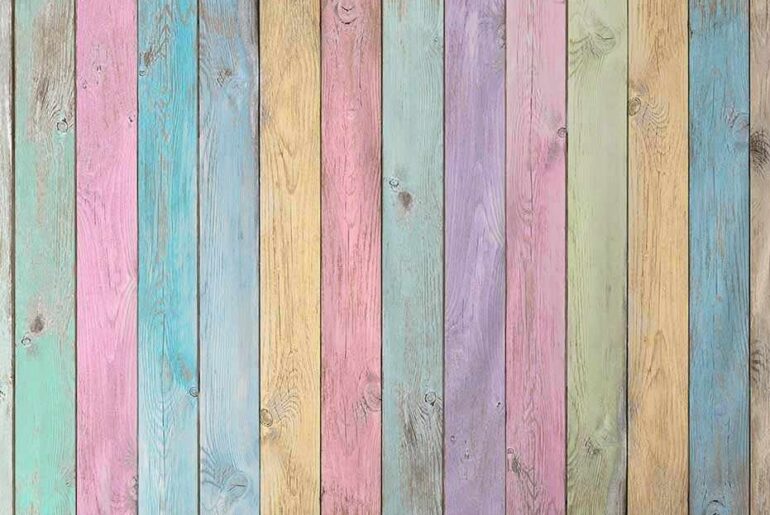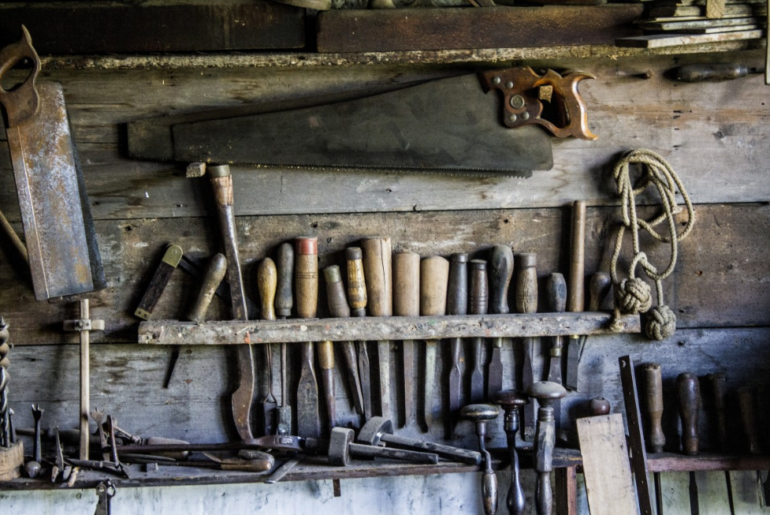In this article, we will introduce the radial arm saw, a versatile and widely used woodworking tool. You will learn about its main parts, proper operation, and essential maintenance tips to achieve accurate and safe results in the workshop. Quick Summary A radial arm saw is a woodworking machine where a circular blade moves along an overhead arm, allowing precise crosscuts, rip cuts, miters, and dado cuts. Its main parts include the arm, motor, blade,…
Kumiko woodworking is one of the traditional arts of Japan. This technique does not use any metal joints such as nails and even glue is rarely used. Kumiko art has been influenced by the culture of different countries and it is not surprising that each country has changed its patterns according to its interests. Therefore, it can be said that Kumiko woodworking patterns are very extensive and can not be counted nor being listed. However,…
If you’ve watched Japanese movies and animations, you have probably seen kumiko woodworking already! Kumiko woodworking has an important place in traditional Japanese architecture. But what is kumiko woodworking? In this article, we are going to introduce this ancient Japanese art that is welcomed all over the world today and has many uses. Stay with us. What is Kumiko Woodworking? “Kumiko” is a traditional woodworking technique that creates fine geometric patterns by combining thin pieces…
If you are looking for a list of light-colored woods, you have come to the right place. This article will guide you to choose pale woods and light-colored woods. Light colors are perfect for giving your space an airy and clean aesthetic. Also, the use of pale woods in interior design is very common and makes the interior of the house look bigger. For example, light wooden flooring beaming adds dimension, while darker wood adds…
Woodworkers of the past were proud of their skills and tools; All over the world woodworkers were usually willing to pose for a picture. Today there are some really cool old woodworking photos out there for us to enjoy. This post is a collection of photos of lumberjacks, woodworkers, carpenters, and loggers collected from all over the world, from the United States and Canada to East Asia. All pictures are vintage and pertain to woodworking…

